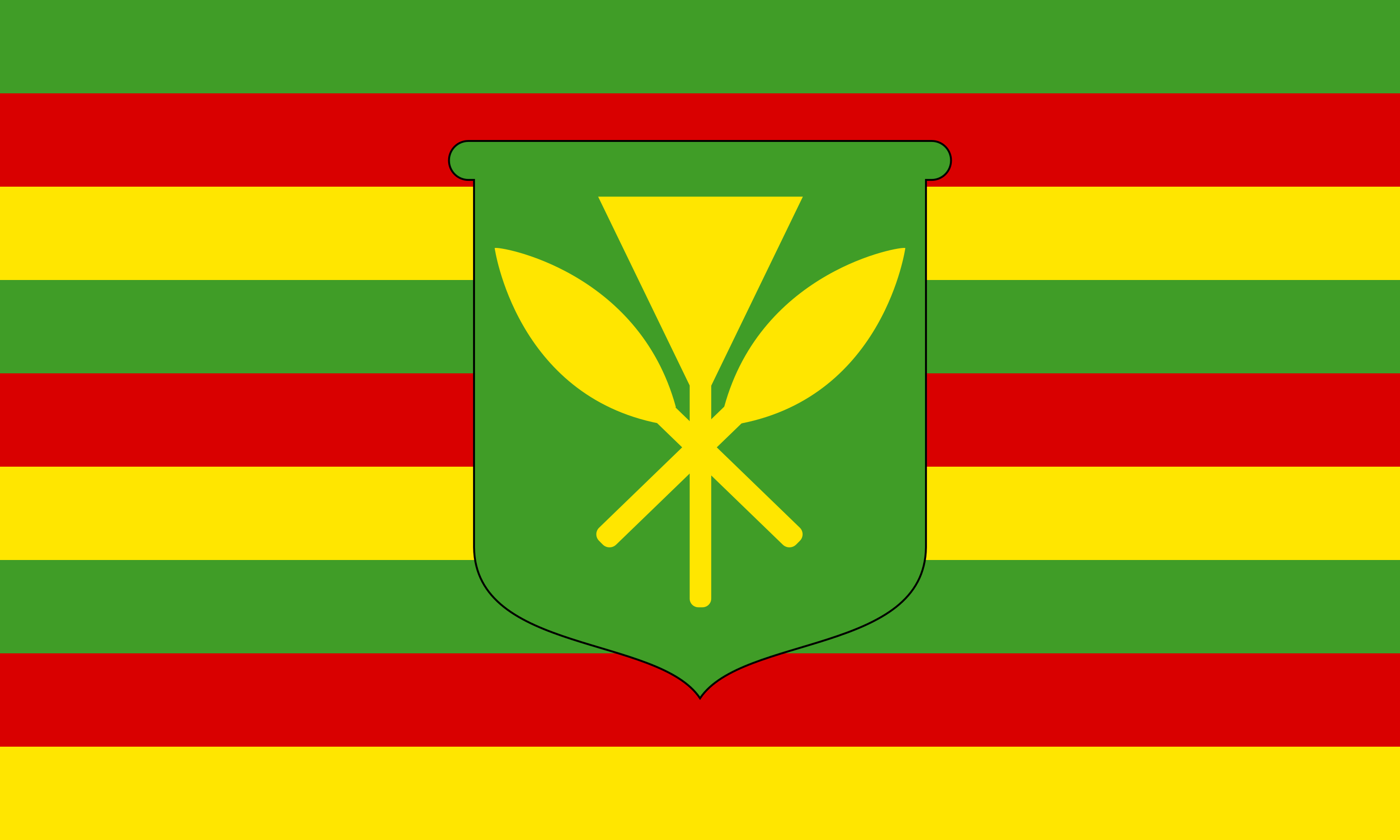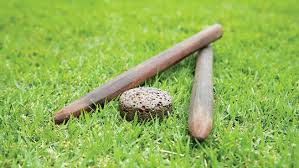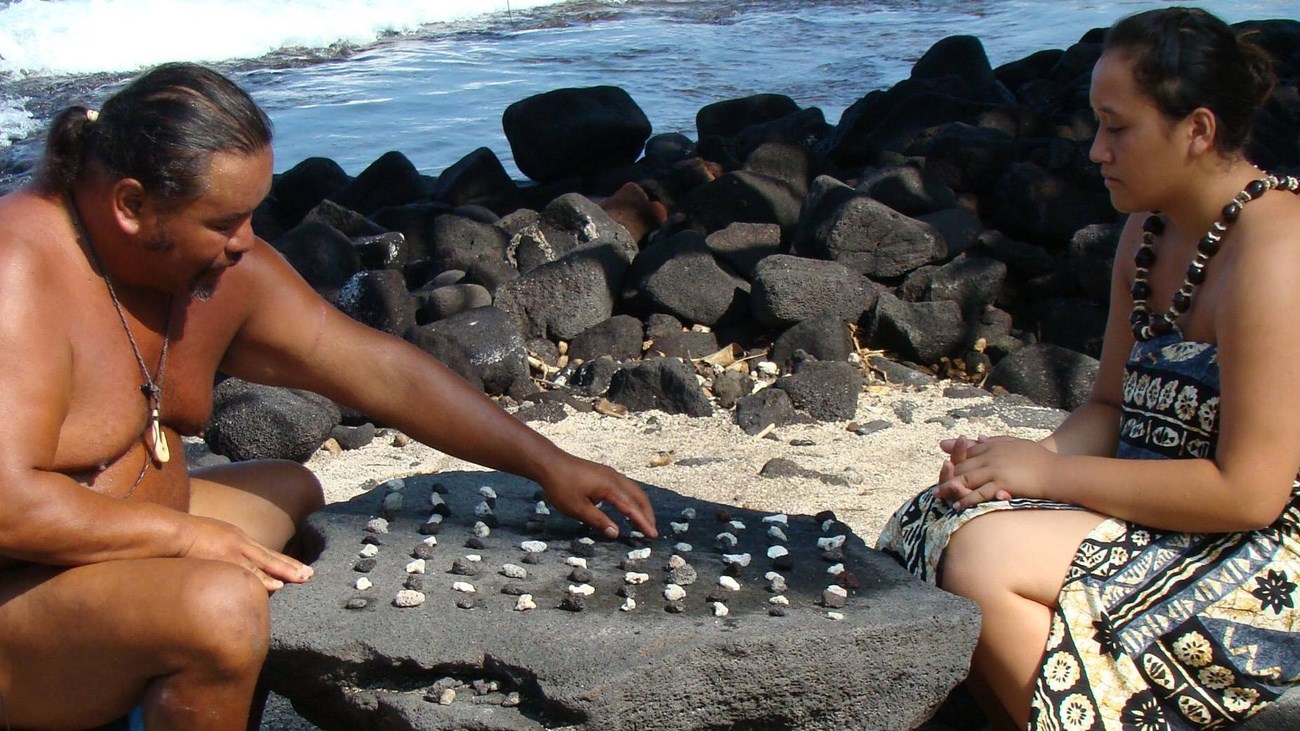Native Hawaiians (Kānaka Maoli)
・Native Hawaiians, or Kānaka Maoli, are the Indigenous Polynesian people of the Hawaiian Islands.
・They are renowned for their deep connection to nature, rich storytelling traditions, music, and dance.
・Though historically marginalized, a cultural and linguistic revival has grown stronger in recent decades.
Location
・Primarily inhabit the Hawaiian Islands (Hawaiʻi, Maui, Oʻahu, Kauaʻi, Molokaʻi, Lānaʻi, Niʻihau).s
・Diaspora communities exist in California, Nevada, New Zealand, and Tahiti.
History
・Arrived by canoe from Marquesas and Tahiti over 1,500 years ago.
・Developed a unique culture with chiefdom systems and oral traditions.
・In the late 18th century, King Kamehameha I unified the islands into a single kingdom.
・The monarchy was overthrown in 1893, followed by U.S. annexation in 1898.
・Today, movements for cultural restoration and sovereignty continue.
Culture
・Hula:A traditional dance that tells stories through graceful gestures and footwork.
・Oli:Sacred chants recited in ceremonies, prayers, and to pass on genealogies
・Lei:Floral or plant garlands symbolizing welcome, honor, and affection.
・Music:Features ukulele, slack-key guitar, and mele (songs).
・Aloha Spirit: A way of life grounded in love, respect, kindness, and harmony.
Hawaiians Symbols and Flag

Kanaka Maoli Flag (unofficial)
・Features green, red, and yellow with a kahili (royal staff).
State Flag of Hawaiʻi: Incorporates the British Union Jack and red-white-blue stripes.
Other symbols: canoes, kapa (bark cloth) patterns, koa trees, and the ʻokina/kahakō marks in the Hawaiian language.
Language
・ʻŌlelo Hawaiʻi (Hawaiian language) belongs to the Polynesian branch of the Austronesian family.
・Compact phonology: 5 vowels + 8 consonants, rich in nature-based vocabulary.
・Hawaiian-English bilingualism is common; revitalization efforts are robust.
・Used in schools, media, and cultural ceremonies.
Common Hawaiian(ʻŌlelo Hawaiʻi) Greetings and Phrases
| English | Hawaiian | Pronunciation |
| Hello | Aloha | ah-LO-ha |
|---|---|---|
| Good morning | Aloha kakahiaka | ah-LO-ha ka-ka-hee-AH-ka |
| Good night | Aloha ahiahi | ah-LO-ha ah-hee-AH-hee |
| Thank you | Mahalo | ma-HA-lo |
| Nice to meet you | ʻO wau ʻo [your name] | oh VAU oh ___ |
| Delicious | ʻOno | OH-no |
| Fun/Enjoyable | Leʻleʱa | leh-ah-leh-ah |
Region
Continent:Africa
Access Guide
The currency of Native Hawaiians is the United States Dollar (USD, $).
The currency shown here is the official currency (US Dollar) of the United States (Hawaii), where Native Hawaiians mainly live. Different currencies may be used in other countries.
Native Hawaiians
| Departure City | Direct/Transit | Arrival Airport | Flight Time (approx.) | Reference Fare (one-way/round-trip, Economy) |
| Los Angeles | Direct | Honolulu (HNL) | 5–6 hours | $250–$800 |
|---|---|---|---|---|
| New York | 1 stop | Honolulu (HNL) | 12–14 hours | $400–$1,200 |
| London | 1–2 stops | Honolulu (HNL) | 18–24 hours | £600–£1,500 |
| Tokyo | Direct | Honolulu (HNL) | 7–8 hours | ¥40,000–¥120,000 |
| Sydney | Direct | Honolulu (HNL) | 9–10 hours | AUD$500–$1,200 |
| Hong Kong | Direct | Honolulu (HNL) | 10h | HK$3,500–HK$8,000 |
| Shanghai | 1 stop | Honolulu (HNL) | 13–15h | CNY 2,500–5,000 |
・Fares are rough estimates and may vary greatly by season/airline.
・Honolulu International Airport code: HNL
From Honolulu Airport to Waikiki / Local Areas
To Waikiki (city center): About 25 minutes by taxi (approx. $40), shuttle bus ($20), or city bus “TheBus” ($2.75).
Language Origins
・Hawaiian derives from the Common Polynesian ancestor language, closely related to Tahitian, Samoan, and Māori.
・Arrived with Polynesian voyagers and evolved uniquely in the islands.
・Shares vocabulary and grammar features with other Austronesian languages.
Writing System
・Use the ancient Tifinagh script, with origins tracing back to Phoenician influence.
・Written with angular and dotted symbols, often carved, sewn, or painted.
・Historically transmitted by women; now promoted through education and digital fonts.
Detailed Habitat
・Hawaiʻi Island (Big Island): spiritual and cultural hub; home of goddess Pele.
・Maui: known for legends such as "Maui pulling up the islands."
・Oʻahu: largest population; site of Honolulu and the University of Hawaiʻi..
・Kauaʻi: oldest island, rich in myths and ancient sites.
Traditional Games of the Hawaiian People
1.ʻUlu Maika:
・A stone disk-rolling game; similar to bowling.
2.Kōnane
・A strategic board game similar to checkers.
3.Heʻenalu (Surfing)
・Once reserved for chiefs; deeply spiritual and cultural.
4.Hula Challenges
・Improvised dance competitions.
5.Hoʻopaʻa
・Chant or percussion competitions in ceremonies.
Introduction video


Native Hawaiians express their history through dance, their prayers through chants, and their identity through language—a people rooted in ocean, land, and story.
